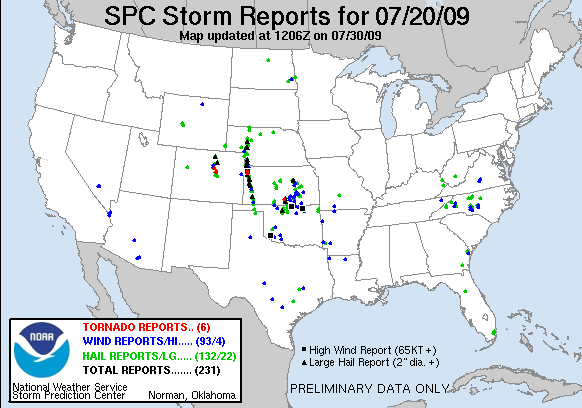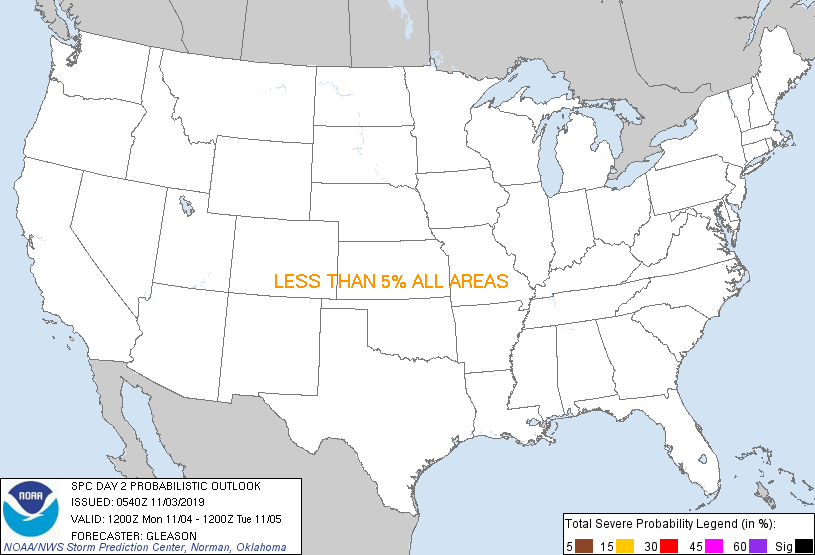What a challenging forecast today! A wide spread in forecast models was present (mid 60s to lower 50s) and an interesting challenge when it came to the winds.
I checked out the MOS numbers yesterday to see how the NAM and GFS were performing, and it turns out the NAM most for Monday was forecasting a high in the lower 40s while the GFS was forecasting a high in the middle 50s. In the end the high was 51...in the middle. Today the GFS MOS was foreasting a low of 32 and a high of 55, while the NAM was going with a low in the lower 20s and a high of 51. Now, the spread wasn't quite as great on the MOS today as compared to yesterday, but the RAW GFS was still forecasting highs in the mid 60s! It is just amazing how the RAW numbers can be so different than the MOS at one single location.
In the end I went with a high of 55 and a low of 31. Why? Well it all came down to the model performance yesterday and the dewpoint this evening. The NAM did horrible yesterday for its forecast for today. Additionally, the 12Z NAM MOS was saying the high today should have been in the lower 30s....which it obviously wasn't. This immediately made me question the NAM MOS numbers. Additionally, the dewpoint was too low as compared to the current dewpoint temperature, which was leading to a much lower low. However, the GFS did much better than the NAM on its forecast for Monday and the GFS had a correct current dewpoint. Additionally, I did not expect the dewpoint to drop all that much today, but rather hold constant through the night. Thus, my final numbers. Hopefully it works out, but we shall see!
The winds are also a big challenge. The MOS numbers are fairly low around 9 knots while the RAW shows a late increase in wind speed just before dusk to 16 knots. Today around 5/6pm we saw this increase in wind speeds occur. I am not fully sure why...I will have to look into it. But the same thing looks to happen tomorrow, so I leaned towards the higher numbers and went 13 knots. The highest wind speed on Monday was 14 knots as of the 5 pm Climate Report. The high was 51 and the low was 27.
Dual-Pol Applications
13 years ago





 And the system yesterday will help increase the potential for the coming weekend as a front shifts south through the plains. Already in areas where storms have developed the last few days, storms have redeveloped (in Montana, Wyoming, and South Dakota). These storms will once again produce an
And the system yesterday will help increase the potential for the coming weekend as a front shifts south through the plains. Already in areas where storms have developed the last few days, storms have redeveloped (in Montana, Wyoming, and South Dakota). These storms will once again produce an 

